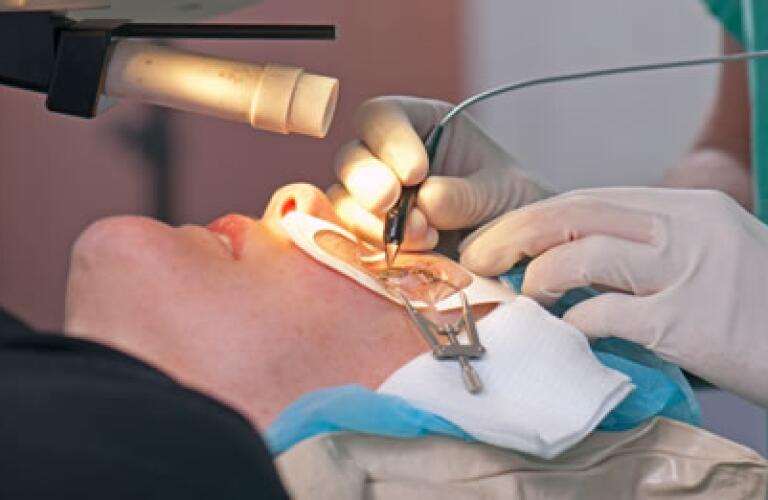Before, During & After Cataract Surgery
By the time you reach your 80th birthday, you have a 94 percent chance of having cataracts or having had cataract surgery. Cataracts are an age-related eye disease that causes a clouding of the lens, and if left untreated, they may be irreversible.
Book Free Consultation
Book Appointment or Video Consultation online with top eye doctors
Overview Cataract.
Cataract is a condition that affects the eye’s lens, causing it to become cloudy and opaque. Cataracts can develop in one or both eyes and usually occur as people age. They typically don’t cause symptoms in the early stages, but over time cataracts can cause vision problems, such as blurry vision, difficulty seeing at night, and faded or yellowed colors.
Cataract surgery is the most common type of surgery performed around the world. The procedure is typically very successful in improving vision. In most cases, it’s possible to have cataract surgery on an outpatient basis, which means you won’t need to stay in the hospital overnight.
Cataract surgery involves removing the cloudy lens and replacing it with an artificial lens. There are several different types of artificial lenses that can be used, including standard, multifocal, and accommodating lenses. Your doctor will help you choose the type of lens that’s best for you based on your vision needs.
Cataract Surgery: Before
When you have cataracts, your vision may be hazy and colors will seem less bright after cataract surgery. Cataracts can grow in size if not treated, eventually resulting in blindness. Because cataracts cloud the lens within your eye, wearing glasses will no longer help you see clearly.
Losing your eyesight can be a distressing or even frightening experience. However, with the help of our expert ophthalmologists at Eyemantra of Ophthalmology and cutting-edge laser technology, removing cataracts from your eye and replacing it with a new, transparent lens is a very easy and effective in-office procedure.
Cataract Surgery: During
During eye surgery, we apply a local anesthetic to numb your eye so you won’t feel anything during the procedure. You’ll be awake for the operation, but you won’t be able to see what’s going on in your eyes. Cataract surgery using a state-of-the-art femtosecond laser is performed by our ophthalmologists at eyemantra.
The first step is to make a tiny incision in your eye with the laser near the cornea’s edge, and then emulsify the cataract and natural lens with ultrasound. We remove the emulsified material of your previous lens through the teeny incision and place your new, transparent intraocular lens. This phase of the operation lasts around 15 minutes but you’ll be in the office for longer to prepare your eye for surgery as well as for a short recovery period.
Cataract Surgery: After
After your new IOL is in place, it becomes a permanent element of your eye and improves your vision for the long term. You won’t be able to drive straight away, so make arrangements for a friend or family member to transport you home.
You may feel drowsy at first, owing to the narcotic that is used during cataract surgery. Colors will likely appear more brilliant right after surgery due to cataracts making colors look dull and dingy. You’ll come in for an eye exam the day after cataract surgery to track your progress.
The first few days following surgery, your eye may feel itchy or painful. This is completely normal. For a few days while you sleep, you may need to wear a protective shield over your eye. You’ll take eye drops as directed by your doctor, and for about a week, avoid rubbing your eye or engaging in any heavy activities.
Recovery from cataract surgery can take anywhere from a few weeks to several months, depending on the type of procedure performed. The first thing you’ll notice is a difference in your vision; typically within a few days after surgery.
Cataract surgery can improve your vision significantly if you have cataracts or are experiencing any of the signs. It’s like a breath of fresh air for many adults to be able to see the world clearly through a clear lens once again after years of blurry vision.

